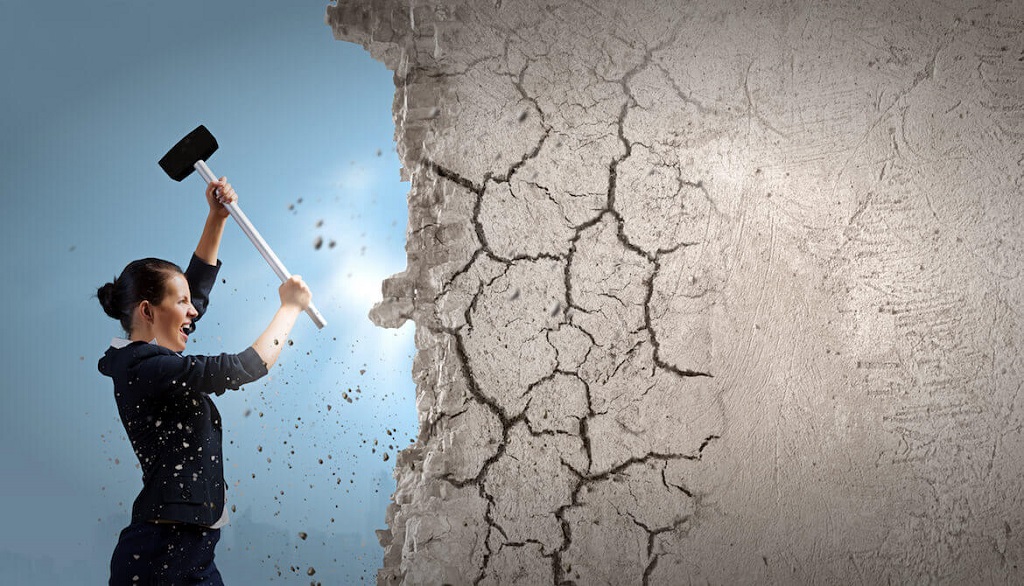
According to the World Health Organization (WHO), access to healthcare is a fundamental human right. However, for many remote and underserved communities around the world, accessing quality healthcare services remains a constant struggle. This means that millions of people live without proper medical care, leading to preventable illnesses and deaths.
To have a better understanding of the challenges faced by these communities, it is important to break down the barriers that prevent them from receiving basic healthcare services.
Challenges Faced by Remote Communities
Remote communities are typically located in hard-to-reach areas, such as mountains, deserts, or isolated islands. These communities often have limited infrastructure and resources, making it difficult for healthcare services to reach them.
- Geographic Barriers – The sheer distance and difficult terrain make it challenging for healthcare providers to reach these remote areas. This not only increases the cost of delivering healthcare services but also adds to the time and effort required.
- Lack of Infrastructure – Many remote communities lack basic infrastructure like roads, electricity, and telecommunications, making it even harder for medical personnel to deliver services effectively. This also means that these communities are often cut off from the rest of the world, making it difficult to access medical supplies and resources.
- Shortage of Healthcare Workers – Remote areas often have a shortage of healthcare workers due to the lack of facilities and amenities. As a result, these communities struggle to find trained medical personnel who can provide them with quality care. This also puts a strain on the existing healthcare workers, who have to manage larger patient loads with limited resources.
Overcoming Barriers Through Innovative Solutions
While the challenges faced by remote communities may seem overwhelming, several innovative solutions can help bridge the gap and improve access to healthcare services.
- Telemedicine – With advancements in technology, telemedicine software and tools have made it possible for healthcare providers to remotely diagnose and treat patients. This helps overcome geographic barriers, as well as provides access to specialist care that may not be available in remote areas.
- Mobile Clinics – Mobile clinics or health vans can travel to remote communities, bringing medical services directly to the people who need them. These vehicles are equipped with basic medical equipment and supplies, making it possible to provide primary care services in even the most remote areas.
- Training Community Health Workers – Training community health workers (CHWs) is an effective way of building a sustainable healthcare system in remote communities. CHWs can provide basic healthcare services, health education, and referrals for more serious conditions, reducing the burden on trained medical personnel.
- Collaboration and Partnerships – Collaboration between governments, non-governmental organizations (NGOs), and other stakeholders is crucial in delivering healthcare services to remote communities. By working together, resources can be pooled and expertise can be shared to ensure that these communities receive the care they need.
- Policy Changes – Governments can play a significant role in improving healthcare access for remote communities by implementing policies that prioritize and support these underserved areas. This may include providing incentives for healthcare workers to serve in remote areas, as well as investing in infrastructure development.
Conclusion
Improving access to healthcare services for remote communities is not an easy task, but it is crucial in promoting overall health and well-being. By understanding the barriers faced by these communities and implementing innovative solutions, we can ensure that everyone has equal access to quality healthcare services, regardless of their location or circumstances. It is only through collaboration, innovation, and policy changes that we can break down barriers and deliver healthcare to those who need it most.
Do you have any experience or thoughts on delivering healthcare to remote communities? Share them in the comments below. Let’s continue the conversation and work towards creating a healthier world for all.
